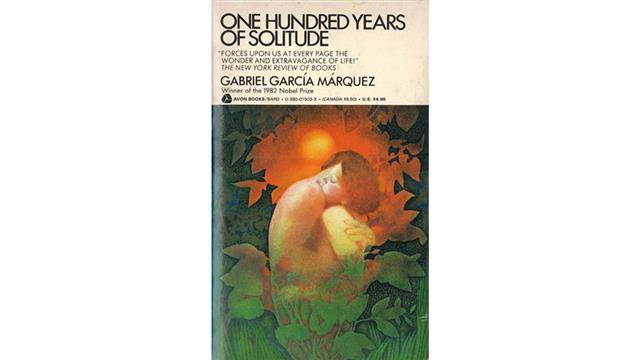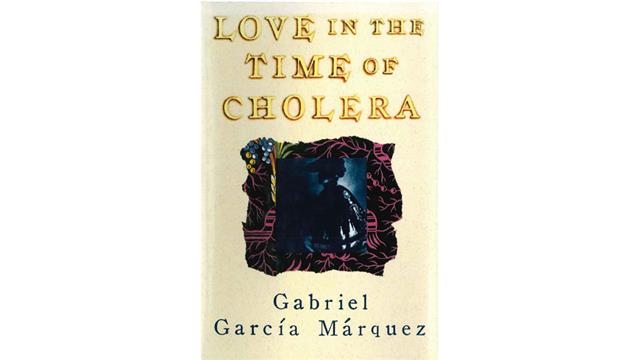Many years later, as he faced the firing squad, Colonel Aureliano Buendia was to remember that distant afternoon when his father took him to discover ice.1
The above opens One Hundred Years of Solitude, probably the most famous novel by Gabriel García Márquez, winner of the 1982 Nobel Prize in Literature. The past, the present and the future are collapsed and condensed in this beguilingly simple sentence, calling into question the meaning of realism in fiction. In the realm of creative writing, fantasy and imagination take flight and have little regard of the time-space continuum. The art of fiction is never the same after García Márquez's brand of magic realism.
The maestro passed away on 17 April. Two scholars from CUHK pay their tribute by reminiscing on his works.
Long before García Márquez had attained Nobel stature, Prof. Leo Lee, now Sin Wai Kin Professor of Chinese Culture, was reading his works, one of which was One Hundred Years of Solitude. He published a review of the novel in 1981 in Taiwan and in China, which was probably one of the first in Chinese. The review was later re-printed in an academic journal of Wuhan University to enthusiastic reception. The term magic realism began to enter literary vocabulary on Chinese soil.
Professor Lee says, 'The May Fourth Movement has ushered in realism, demanding the portrayal of the dark sides of society. After many years it eventually formed an alliance on the mainland with political dogmas in the form of socialist realism. People talked instead of the bright sides of things. The pendulum again swung in the early eighties, when young writers, in attempting to revive the May Fourth tradition, were probing for a way forward in modernist writing. My review article arrived at the right time and opened their eyes to possibilities other than shackling realism with contemporary society, suggesting that realism could be distorted and remolded. García Márquez provided a vivid example.
'Chinese novelists don't usually make much use of myths. In contrast, magic realist novels from Latin America roll myth, history and reality all into one. I use that in my modern Chinese literature classes.'
A lecturer in Spanish in the Department of Linguistics and Modern Languages, Dr. Leticia Vicente-Rasoamalala's first encounter with García Márquez was when she took up Chronicle of a Death Foretold (1981) at the age of 12. She recalls, 'I was mesmerized by the plot, his use of suspense and the depiction of premonitions, the sixth sense. Also, the black and white suits respectively worn by the killer and the victim are highly symbolic.' According to her, García Márquez wrote of magical moments in ordinary life, and of ghosts and omens. This has got to do with the fact that his grandmother, with whom the writer grew up as a child, was much preoccupied with ghosts and spirits, and apparitions and portents. The journalistic style he displays in Chronicle, and the political and social elements, would have come from his grandfather, who was active in politics.
Professor Lee thinks that García Márquez's impact is felt everywhere, as Latin American novels have been the driving force in fiction since the Second World War. The most important novels did not come from the UK, the US, Germany or France but from Latin America, Africa and Eastern Europe. Dr. Vicente-Rasoamalala adds, 'García Márquez's Spanish is in a more formal style and noted for the moderate use of Spanish Colombianisms. It is therefore more readily appreciated by Spanish speakers all over the world. He has influenced a generation of writers including Fernando Iwasaki in Peru, Francisco Goldman in the US, Salman Rushdie in the UK, Mo Yan in China, and Xi Xi in Hong Kong.'
Where should one begin? Professor Lee recommends Love in the Time of Cholera (1985), preferably in original Spanish or in English translation. Dr. Vicente-Rasoamalala thinks that there are many gems among his short stories and advises one to begin with his Collected Stories (1984).
1One Hundred Years of Solitude, 1970, trans. Gregory Rabassa






